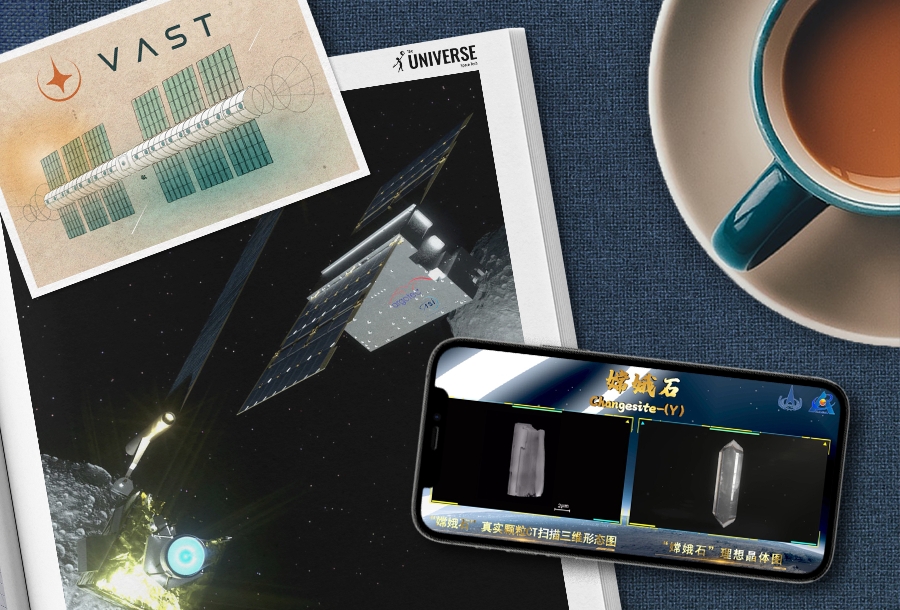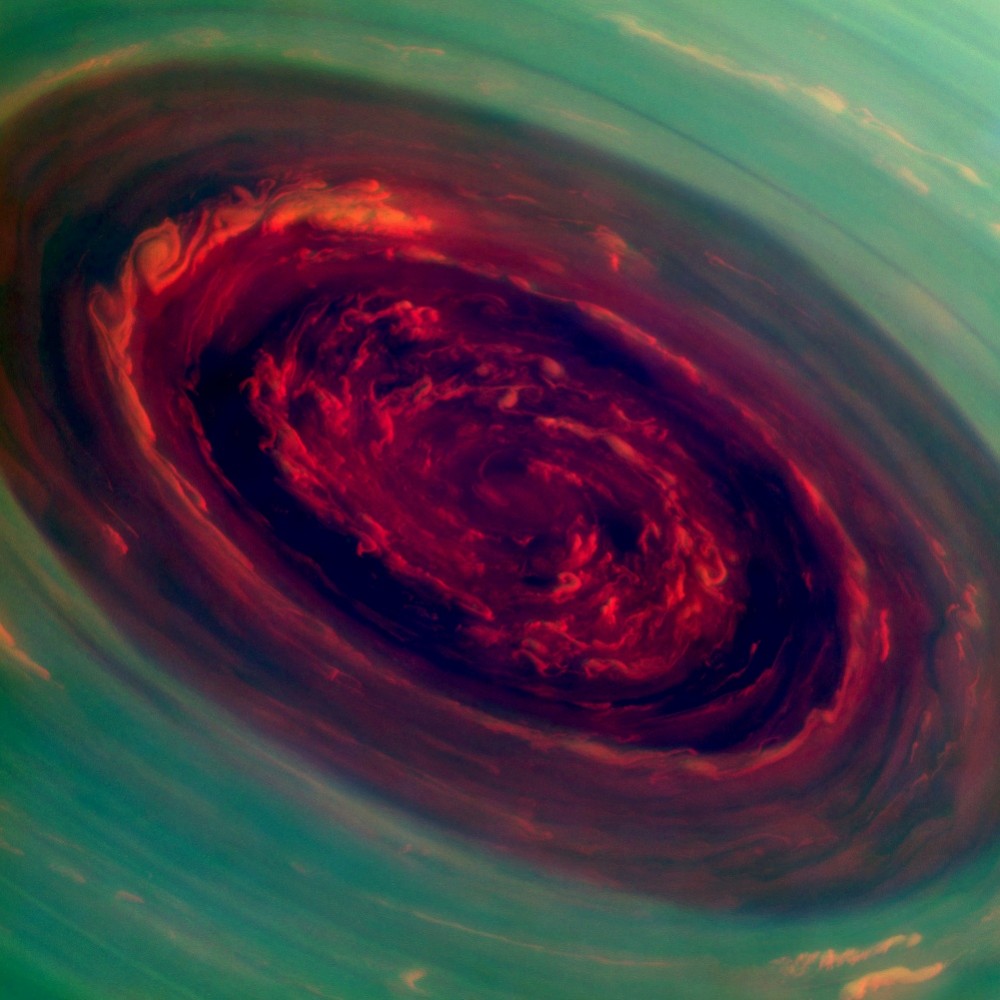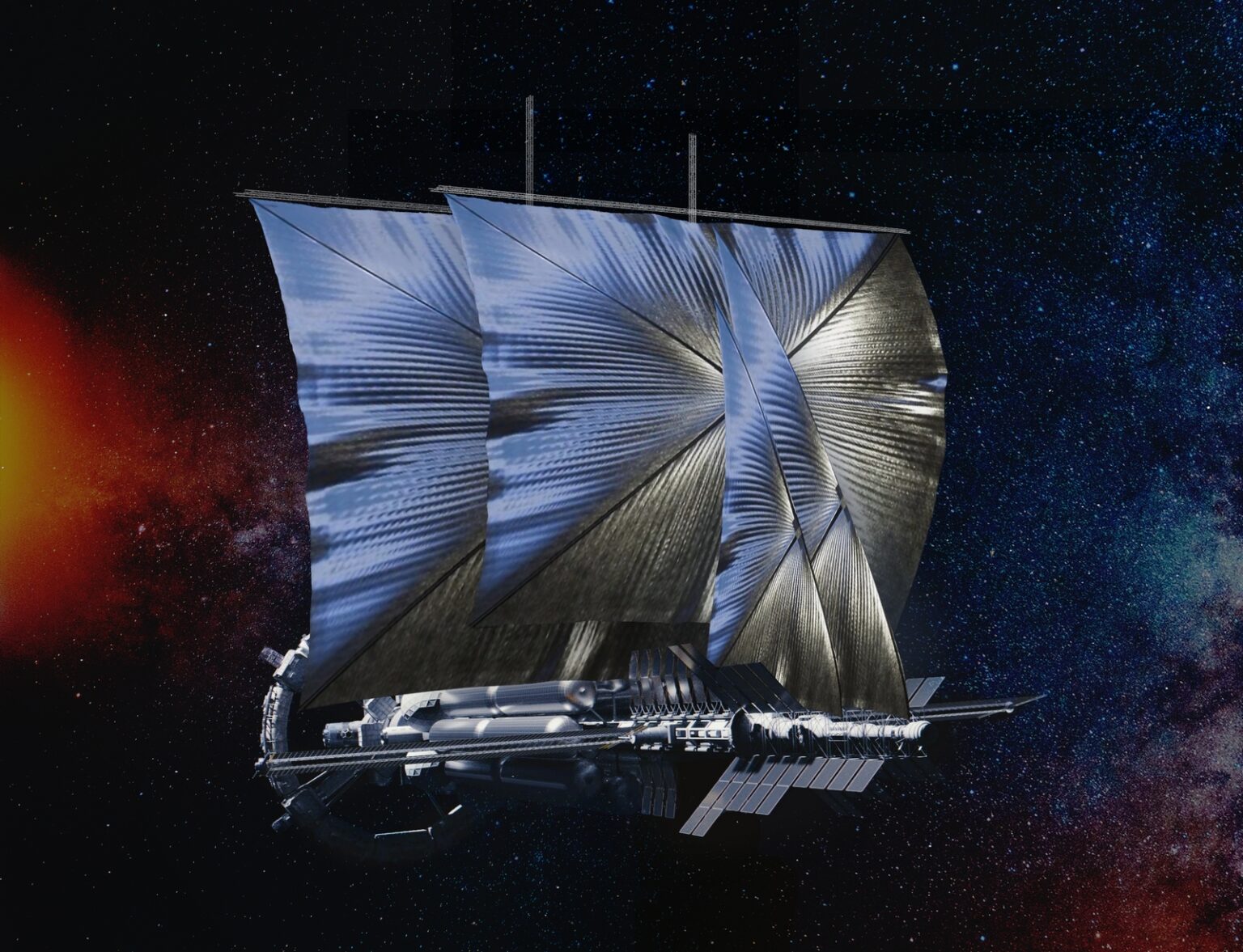Selection of the most interesting space news for breakfast: The UN wants to ban the development of anti-satellite weapons; the hardest diamonds came to Earth with meteorites, and we recommend you to read an article about how solar sails are used in space.

“One, remember to look up at the stars and not down at your feet. Two, never give up work. Work gives you meaning and purpose and life is empty without it. Three, if you are lucky enough to find love, remember it is there and don’t throw it away.”
― Stephen Hawking
Discovered a new mineral in samples from the Moon
Inside the rock samples collected by the Chinese lunar mission Chang’e-5 in 2020, scientists have discovered a new lunar mineral in the form of a crystal. It was named Changesite-(Y), in honor of the Chinese moon goddess Chang’e. The find is a phosphate mineral and a columnar crystal. It was found in lunar basalt particles studied in laboratories in China.
The strongest diamonds on Earth come from a distant exoplanet
Some of the strongest gems are sometimes found in meteorites from outer space, and these diamonds are fundamentally different from terrestrial ones. The mineral lonsdaleite, a type of diamond with a hexagonal crystal structure, can be found in meteorites, including Diablo Canyon, found in the famous crater in Arizona. It differs from ordinary diamonds by its hexagonal crystal structure, while terrestrial samples have a cubic crystal structure. Separate studies conducted earlier this year showed that the structure of lonsdaleite makes it harder than other diamonds.
Germany and Japan refuse to develop anti-satellite weapons
Representatives of Germany and Japan, following the United States and Canada, announced their refusal to develop anti-satellite weapons. This makes a complete ban on missiles capable of hitting targets in orbit a real prospect.
This initiative was started by the United States in response to the extremely dangerous tests of anti-satellite weapons conducted by Russia in November 2021. Later, Canada and New Zealand joined the United States. On the other hand, such statements are only a preparation for the adoption of a UN resolution on a complete ban on anti-satellite weapons. Its active opponents are China and Russia.
Vast Space to create a station with artificial gravity
Vast Space startup plans to create a station in which artificial gravity will be created through rotation. It should be not only a research platform, but also a production base and a platform for future missions. According to the creators, the new station should replace the ISS as a platform for space research, as well as make it a port for future interplanetary missions.
LICIACube went on an independent journey
The LICIACube satellite has successfully separated from the DART interplanetary probe and contacted theLICIACube was built on the basis of the CubeSat (6U) platform. Its dimensions are 10 cm × 20 cm × 30 cm, weight — 14 kg. Solar panels are used to generate energy.
A small device is designed to photograph the collision of the DART probe with the Dimorphos asteroid. The purpose of the experiment is to study the possibility of changing the orbit of dangerous celestial bodies by kinetic action.
Photo of the week

In honor of the five-year anniversary of Cassini’s completion, the editors of The Universe Space Tech have compiled a selection of twenty-five of its best pictures. September 15, 2017 was the last day in the history of the Cassini mission. On that day, the spacecraft entered the atmosphere of Saturn and turned into a meteor. Cassini is, without exaggeration, an outstanding mission. Over the years, the device has made many discoveries and collected a huge array of data about the sixth planet from the Sun. And it also transmitted to Earth a huge number of amazing photos of Saturn and its moons..
Interesting figure — 1 118 photos
The Perseverance mission support group has published a new panorama, where you can see the ancient river delta in the Jezero crater. To date, it represents the most detailed image of the Martian surface in history. It was made up of 1,118 individual images taken between June 12 and June 20. Its resolution is 2.5 billion pixels. The image was obtained using the Mastcam-Z camera.
Something to read on the weekend

The solar sail is one of those technologies that will eventually help us reach the stars. At the same time, while accelerating a space vehicle by this method energy seems to be taken from nowhere… or at least you don’t need to spend such an incredible amount of propellant to obtain it, as in rocket engines. This method can only be used to accelerate relatively small space vehicles, and it is not always possible to fly where you want.Read more about solar sails in the article “The Art of Space Sailing“.
Follow us on Twitter to get the most interesting space news in time
https://twitter.com/ust_magazine

